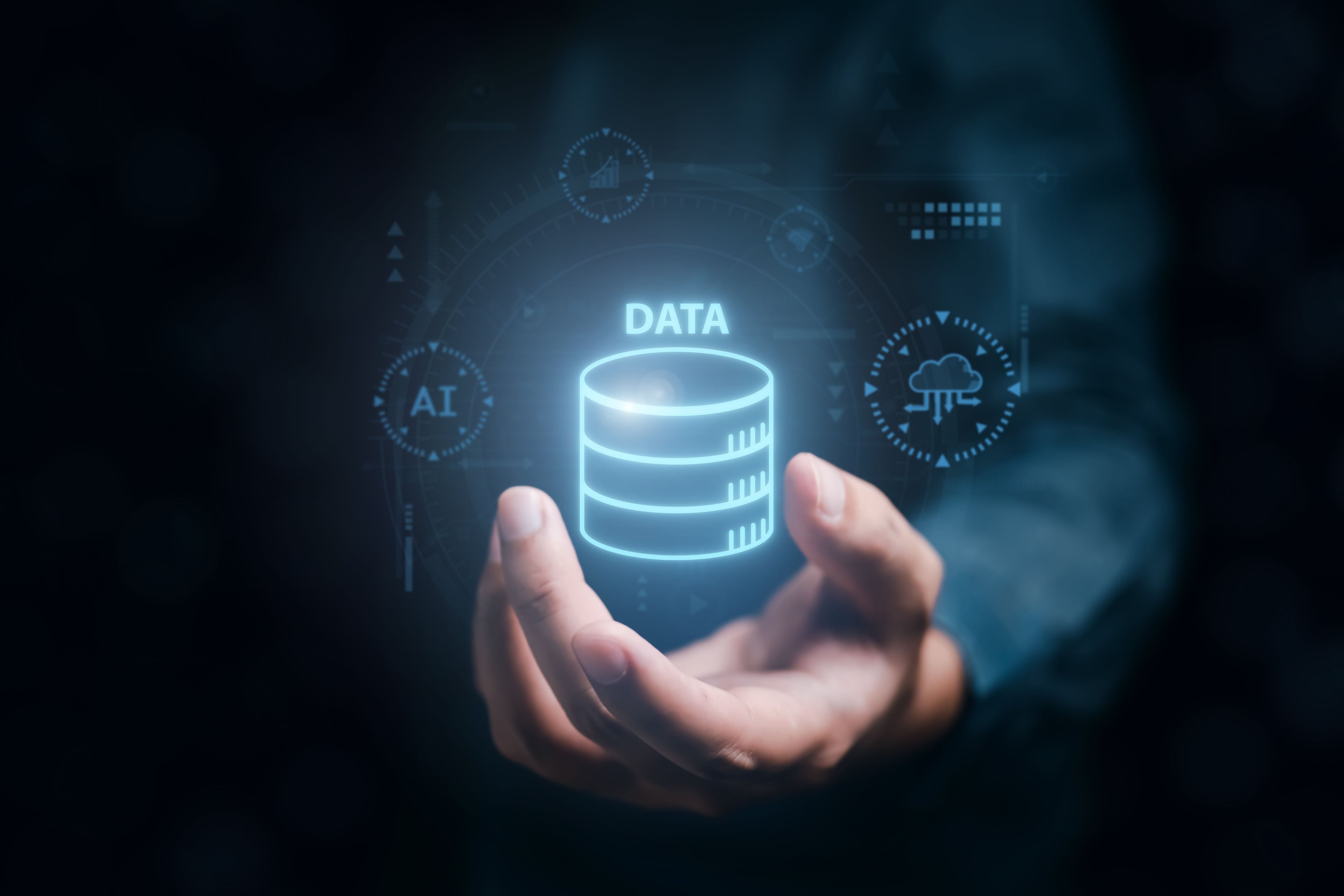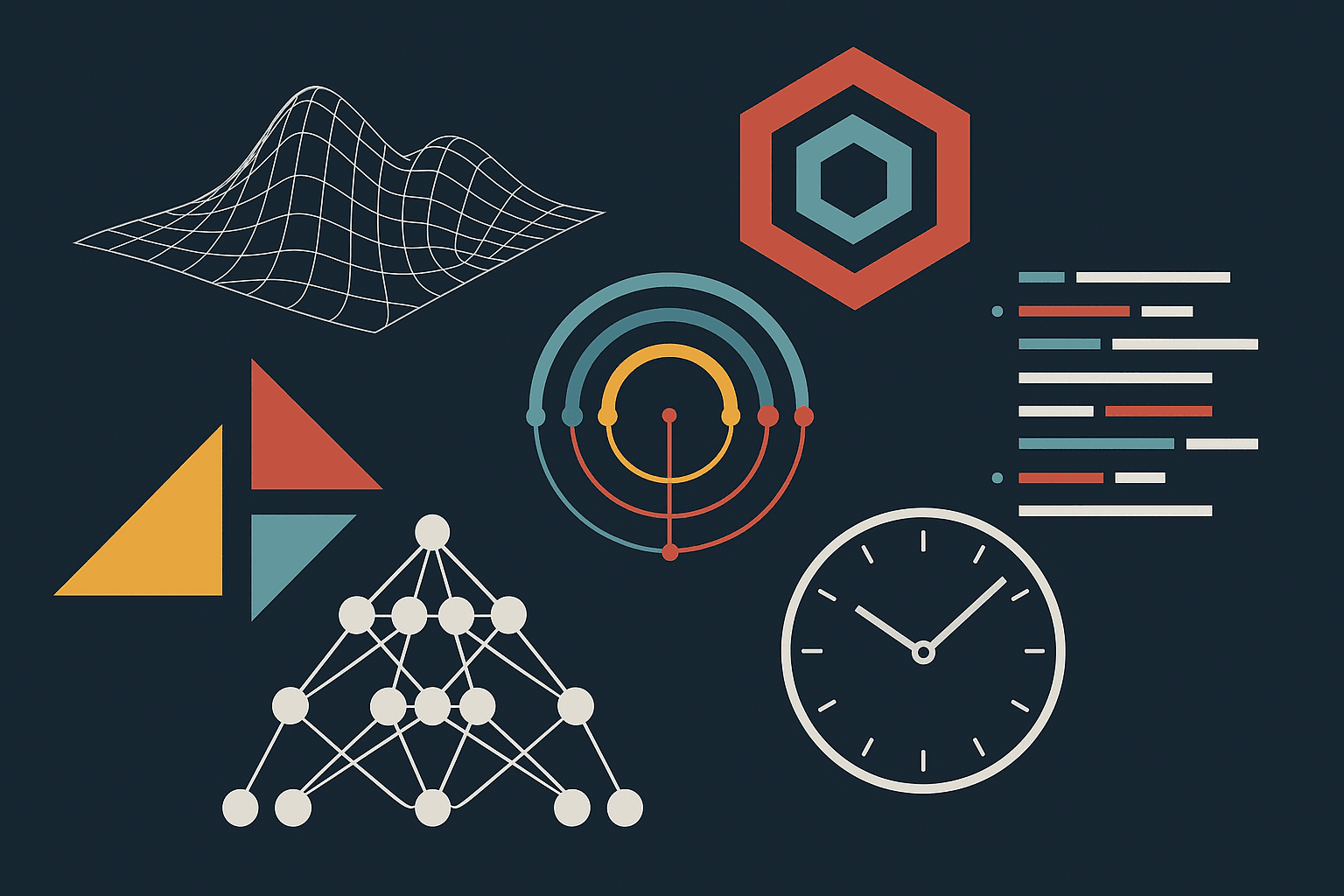
Leveraging Snowflake for Secure Collaboration: An Introduction to Data Clean Rooms
Introduction
In today's data-driven world, collaboration is key to unlocking deeper insights. However, sharing sensitive data carries inherent risks related to privacy, security, and compliance. How can organizations collaborate on data analysis without exposing raw, sensitive information?
Enter the Snowflake Data Clean Room. Built upon Snowflake's robust secure data sharing infrastructure, Data Clean Rooms provide a secure environment where multiple parties can combine and analyze datasets without directly sharing or revealing the underlying sensitive data to each other. This approach allows for powerful collaborative insights while upholding strict privacy and governance standards, protecting against financial loss, reputational damage, and loss of customer trust.
This post explores how Snowflake's unique architecture enables the creation and operation of effective Data Clean Rooms.
Snowflake Data Clean Rooms: Powered by Secure Data Sharing
At its core, a Snowflake Data Clean Room utilizes Snowflake's Secure Data Sharing capability. This feature allows data providers to grant access to specific database objects (like tables, secure views, and secure user-defined functions) to other Snowflake accounts (consumers) without creating any data copies.
Key characteristics of Secure Data Sharing that enable Data Clean Rooms:
- No Data Movement or Copying: Sharing occurs through Snowflake's metadata layer. No actual data is copied or transferred to the consumer's account. This drastically reduces risk, maintains a single source of truth, and ensures the data provider retains full control.
- Live, Real-Time Access: As soon as data is updated in the provider's shared tables, it's instantly available for analysis within the clean room environment (subject to defined policies).
- Read-Only Access: Consumers within the clean room can query and analyze the shared data but cannot modify, delete, or insert data into the shared objects.
- Cost Efficiency for Consumers: Since no data is stored in the consumer account, they incur no storage costs for the shared data. Costs are primarily associated with the compute resources (virtual warehouses) used for running queries within the clean room.
Enforcing Privacy and Control: The Heart of the Clean Room
While Secure Data Sharing provides the foundation, specific Snowflake features allow providers to enforce the strict rules necessary for a true Data Clean Room:
Granular Access Control
Providers use Shares, named Snowflake objects, to define precisely what data is shared (databases, schemas, specific tables, secure views, secure UDFs) and who it's shared with (specific consumer accounts).
Row Access Policies
These policies allow providers to filter which rows a consumer can see based on the consumer's role or other session context attributes. This ensures consumers only query data relevant to the agreed-upon analysis and cannot access rows outside the scope of the clean room agreement.
Column Masking
Dynamic Data Masking policies can be applied to obscure or redact sensitive information within specific columns, allowing analysis on anonymized or pseudonymized data.
Secure Views & Secure UDFs
Providers can share pre-defined Secure Views or Secure User-Defined Functions (UDFs) instead of raw tables. This is powerful for clean rooms as it allows the provider to control how the data can be analyzed, often restricting queries to aggregated results or specific approved computations, preventing access to row-level detail.
Real-World Use Cases for Data Clean Rooms
Data clean rooms solve practical business challenges across various industries. Here are some compelling examples:
Retail and CPG Collaboration
A consumer packaged goods company and a retailer can combine their datasets in a clean room to understand product performance across different customer segments and geographies. The retailer maintains control of their customer data while the CPG gains insights about which demographics respond best to their products, enabling better marketing and product development decisions.
Media and Advertising
Publishers and advertisers can collaborate in a clean room to measure campaign effectiveness across platforms without exposing individual user data. For example, a streaming service and an advertiser can analyze ad conversion rates while maintaining strict privacy controls over viewer information, allowing for more refined audience targeting without compromising personal data.
Financial Services Fraud Detection
Banks and financial institutions can pool transaction data in a clean room environment to identify fraud patterns across organizations without exposing sensitive customer financial details. This cross-institutional view helps identify sophisticated fraud rings that might otherwise go undetected when looking at just one institution's data.
Healthcare Research
Medical researchers from different institutions can analyze patient outcomes across multiple facilities without transferring or exposing protected health information. This enables larger sample sizes for research while maintaining strict HIPAA compliance and patient confidentiality.
Governance and Management in Snowflake Data Clean Rooms
Snowflake provides robust governance features essential for managing clean room environments:
Centralized Control
The data provider retains 100% control over the Share and can modify access or revoke it entirely at any time (e.g., at the end of a project or if circumstances change).
Cross-Cloud & Cross-Region Capabilities
Snowflake allows secure data sharing across different cloud providers (AWS, Azure, GCP) and regions, facilitating collaboration regardless of infrastructure.
Non-Forwardable Shares
Shared data cannot be re-shared by the consumer with other accounts, preventing data proliferation beyond the intended clean room participants.
Auditing and Tracking
Using features like Streams on shared objects allows tracking of DML changes (though consumers cannot make changes, providers can track their own updates), and query history provides audit trails for activities within the clean room.
Compliance Benefits of Data Clean Rooms
Data clean rooms help organizations address various regulatory requirements while still enabling valuable data collaboration:
GDPR Compliance
The European Union's General Data Protection Regulation imposes strict requirements on data sharing and processing. Data clean rooms help address GDPR requirements by:
- Limiting data exposure to only what's necessary for the specific analysis
- Maintaining control of personal data by the original data controller
- Supporting the data minimization principle through selective sharing
- Enabling pseudonymization techniques while maintaining analytical value
CCPA/CPRA Considerations
The California Consumer Privacy Act and its successor, the California Privacy Rights Act, grant consumers specific rights over their data. Clean rooms help by:
- Reducing the risk of unauthorized data sharing or selling
- Maintaining clearer boundaries around data usage
- Supporting compliance with consumer opt-out requirements
- Providing better governance and audit trails for data usage
HIPAA and Healthcare Compliance
For healthcare data subject to HIPAA regulations, clean rooms can:
- Enable research and analysis without exposing Protected Health Information (PHI)
- Facilitate collaboration between covered entities while maintaining appropriate safeguards
- Support the minimum necessary standard by controlling exactly what data is accessible
- Provide strong audit capabilities to demonstrate compliance
Industry-Specific Regulations
Many industries have their own regulations governing data handling. For example:
- Financial services (GLBA, PCI DSS)
- Education (FERPA)
- Telecommunications regulations
Data clean rooms provide a framework for complying with these varied requirements while still extracting value from collaborative data analysis.
Implementing Sharing for Clean Rooms
Single Database
If all data resides in one database, a Share can be created directly from that database.
Multiple Databases
If data spans multiple databases, providers can create a Secure View that joins or combines data from these sources and then share that single view, simplifying the clean room setup for the consumer.
Access Management within the Consumer Account
Initially, only the role that creates the database from the share can access it. The IMPORTED PRIVILEGES grant allows this role (or a role with MANAGE GRANTS) to grant usage permissions on the shared database to other roles within the consumer account, enabling broader controlled use within the consuming organization.
Limitations Supporting Control
Certain actions are intentionally restricted on shared objects to maintain the integrity and security required for clean rooms:
- No cloning of shared databases/objects.
- No Time Travel on shared databases/objects (consumers cannot query historical versions beyond what the provider shares).
- Cannot edit comments on shared databases.
Conclusion
Snowflake Data Clean Rooms, enabled by Secure Data Sharing and enhanced with features like Row Access Policies, Column Masking, Secure Views, and UDFs, offer a powerful solution for privacy-preserving data collaboration. They allow organizations to securely bring data together for joint analysis, unlocking valuable insights without compromising the security or privacy of their underlying datasets.
By eliminating data copying, providing granular controls, and ensuring robust governance, Snowflake provides a secure, flexible, and efficient platform to build and manage Data Clean Rooms for a wide range of use cases.

About Anjna Bhati
Deep domain expertise in Retail and BFSI. I believe technology is an enabler. I have led many successful business transformations for our customers. I hope to meaningfully enhance the experience for my team and customers.
Related Posts
View all postsData privacy means safeguarding personal information from misuse. It’s essential to prevent identity theft and build trust online.
Data engineering involves designing systems to collect, store, and analyze data efficiently.
Understanding the different types of cloud computing service models is essential for businesses looking to build comprehensive data practices.
Nested Learning treats models as several coupled optimization problems that run at different speeds (“levels”).
Most modern data stacks are expensive, cloud-hosted legacy systems. BluePi sees Airflow DAGs become spaghetti, BigQuery treated as infinite, and teams drowning in YAML instead of delivering insights.




